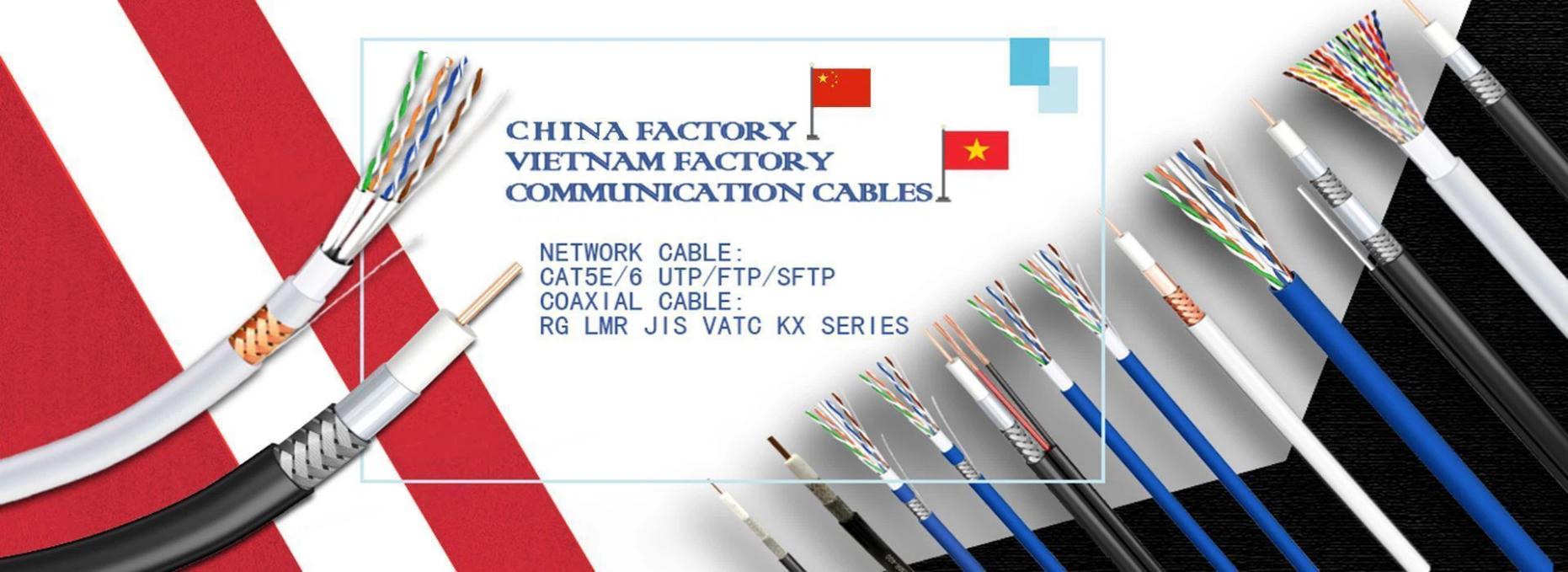Cable suitability
In many electronic circuits, the length of the wires connecting the components can be ignored in most cases. That is, the voltage on the wire at a given time can be assumed to be the same at all points. However, when the voltage changes at a time interval that is comparable to the signal it needs to travel, the length of the power wire and cable becomes important and the wire must be treated as a transmission line. In other words, the length of the wire is important when the frequency component contained in the signal corresponds to a wavelength that is equal to or less than the length of the wire.
A common rule is that the cable or wire should be treated as a transmission line if the length is greater than 1/10 of the wavelength. The phase delay at this length and the interference of any reflections on the line become important and can lead to unpredictable behavior in systems that have not been carefully designed using transmission line theory.
